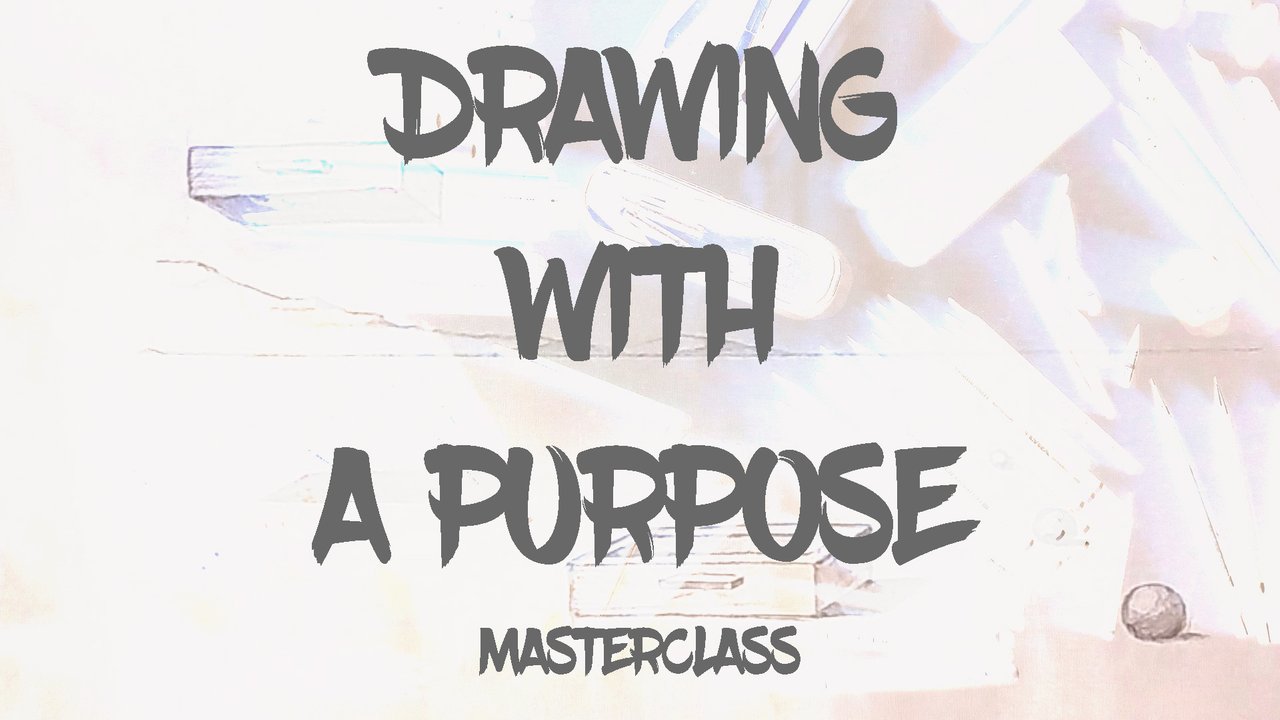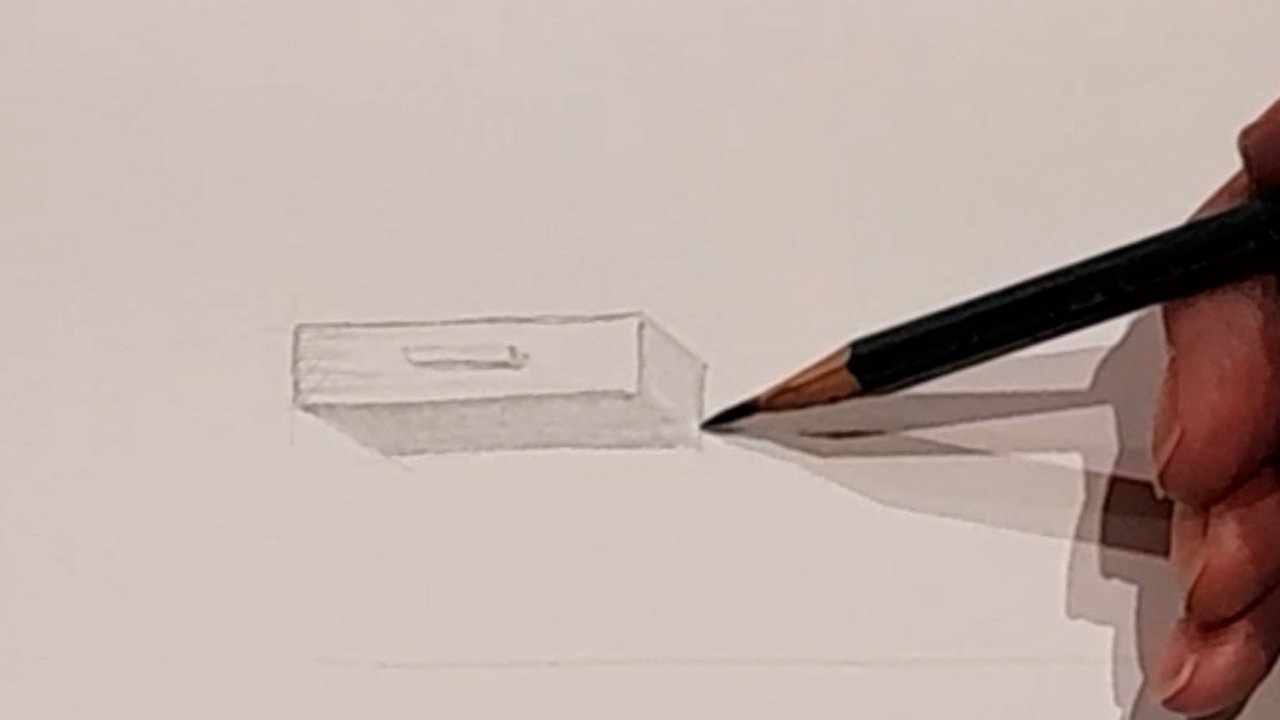
Hi friends!
I start today, with the first drawing lesson as part of the WORLD OF XPILAR community local art school program, as previously announced by @bambuka and @stef1. To do this, I have published several introductory posts that I advise you to read if you are interested in these drawing lessons.
As I mentioned in the introductory posts, these classes aim to introduce beginners and amateurs who wish to learn in-depth the drawing techniques and the use of the appropriate tools.
There will be a weekly MASTERCLASS (starting right now) and a HOMEWORK CONTEST related to that lesson.
Those who want to participate in this homework contest must leave their work in the comments of the next post.
All homework received will have my feedback and also will have my suggestions if necessary.
The best homework of school participants will receive support from WOX curators.
Without further ado, let's go to class.
Making strokes with a purpose
°
We'll start by drawing a horizontal line a little above the centre of the page.
We will draw this line freehand, without using a ruler, as explained in the post Drawing like a pro - 8
Pay attention to the way to hold the pencil, as shown in the picture and explained in Draw like a pro - 5

Upper the horizontal line I drew a box and I drew a handle on it.
As you can see, the lines are not drawn perfectly straight because this must be a sketch in which the spontaneity and fluidity of the strokes are privileged over the perfection of the drawing.
However, the goal is that the lines are drawn as well as possible, this is something that only practice will give you, doing exercises such as those suggested in the post Drawing like a pro - 6 and Drawing like a pro - 9

Similarly, we draw a second box, this time below the horizontal line. By drawing a rectangle inside the top face of the box and a small line in the left corner, (as you can see in the image) I have indicated that it is a hollow box, a closet box. Then, I drew a handle, just like I did with the first box. This tells you that the two boxes are similar, one is viewed from below and the other is viewed from above. So the first line we draw is a horizon line.
We are already building something!

Here I drew another quadrilateral, below the closet box above and slightly offset to the right from it.

I fill the rhombus evenly, avoiding leaving stroke marks.
I have achieved this by drawing soft strokes, all in the same direction, laying the pencil on the paper as you see in the image.
Also, I begin to give different tones to the different faces of the box, this is achieved by drawing lines with the hatching technique proposed in the exercises of Drawing like a pro - 6 that you will have already practised.


Here I drew other lines going down intil to touch the horizon line, darkened some areas on the inner right side of the drawn lines to stay consistent with the shadows from the closet box, and... We have some hills now!
So, the rectangle that we have shaded is the shadow of the closet box cast on the ground.

In the following images, you can see how I'm giving different tonal values to the different faces both internal and external of the closet box. For this, I use the technique of hatching again.




With a precise "stroke", using the kneadable eraser I define the edge of the shadow.

Then, a small circle, is smoothly drawn.

Then two more, one a little bigger and more defined than the other. After darkening the right side of the circles, I add some horizontal strokes at the "base" of the circles. They have acquired volume, becoming solid bodies.

Pressing with the kneadable eraser on the dark shadow of here, I eliminate the excess of graphite, with which I manage to clarify the shape to gently go over it again with the pencil, giving it a more natural appearance.



Erasing a part of the horizon that bothers me because it is slightly curved.

I have erased different parts of the drawing and there is no mark left. I have been able to draw again on top of it without problem because I have not damaged the paper with the pencil. See Draw like a pro - 5

I redrew some lines using a very special self-made ruler to finish this sketch. (I'll tell you about it soon).



I hope you have enjoyed this lesson.
I wanted to show you that with a few simple strokes everyone can draw.
Learning to draw through exercises that teach you and your body how to use your drawing tools confidently and efficiently. See Drawing like a pro - 6
Homework in the next post! Stay tuned
Here are the links to the previous related posts.
@jorgevandeperre/drawing-like-a-pro-1-the-craft-of-drawing
@jorgevandeperre/drawing-like-a-pro-2-tools-and-materials-part-1
@jorgevandeperre/drawing-like-a-pro-3-tools-and-materials-part-2
@jorgevandeperre/drawing-like-a-pro-4-tools-and-materials-part-3-final
@jorgevandeperre/drawing-like-a-pro-4-getting-ready-to-draw
@jorgevandeperre/drawing-like-a-pro-6-the-first-exercises
@jorgevandeperre/drawing-like-a-pro-7-a-drawing-for-charity-power-up-100
@jorgevandeperre/drawing-like-a-pro-8-the-most-important-tool-power-up-100
@jorgevandeperre/drawing-like-a-pro-9-let-s-keep-practising-power-up-100
@jorgevandeperre/drawing-like-a-pro-10-imitate-is-necessary-power-up-100
100% SP (manual transfer to SP)
#club100

